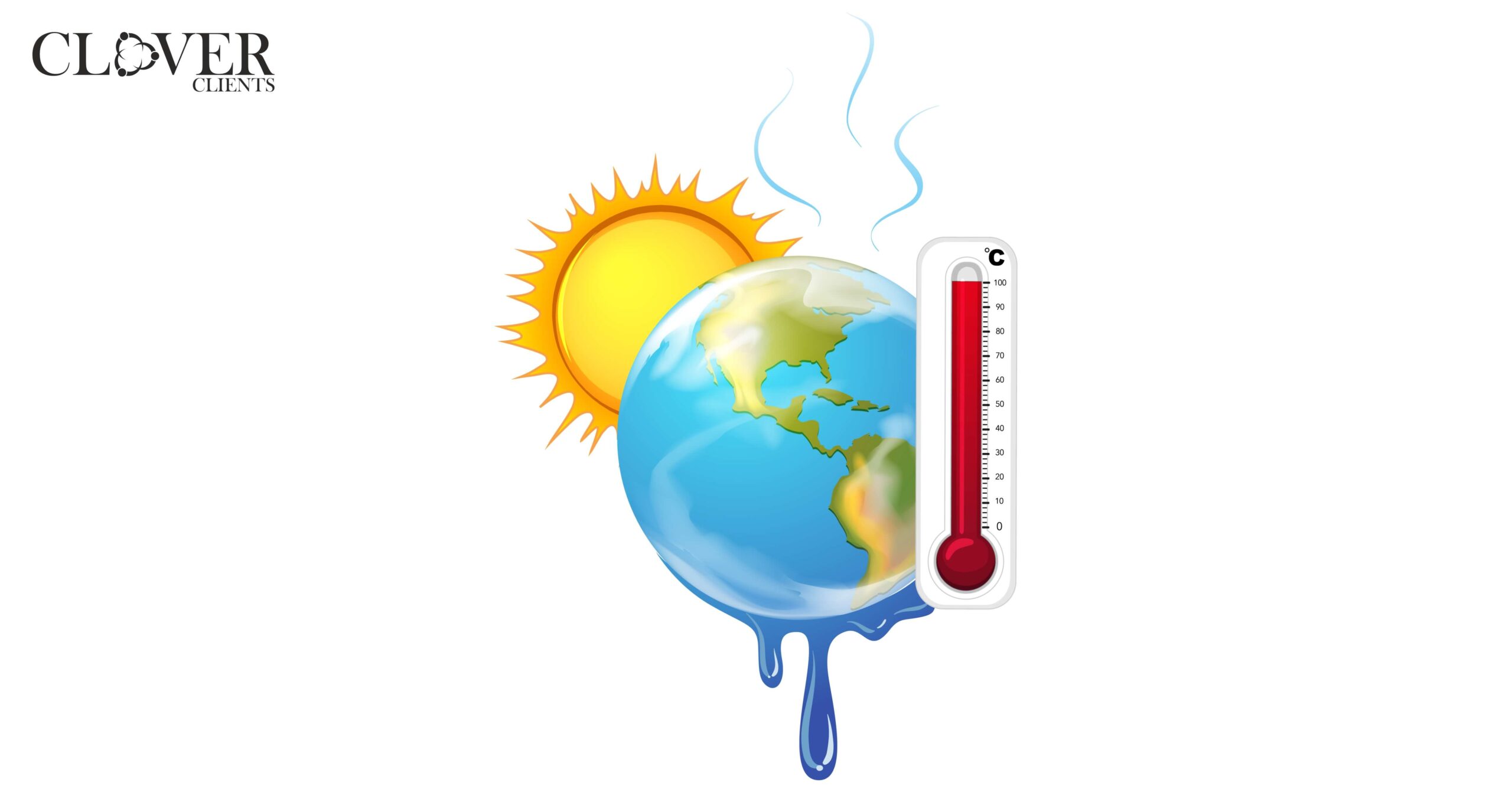“Climate change is real “, “Rise for climate change”, are slogans we all have heard countless times. Another warning sign is here for mankind. The Southern US and Mexico were roasted by an unprecedented heat wave last month, while the water warmed to worrying levels, according to a new analysis. Extreme heat wave, making it the hottest June EVER.
According to research from the Copernicus Climate Change Service of the European Union, June last year was the planet’s hottest month by a “substantial margin” above the previous record, established in 2019.
According to the EPA, the nine warmest Junes have all happened in the last nine years, providing further proof that the human-caused climate catastrophe is raising temperatures to unheard-of heights.
El Niño Effect
Interestingly, Friederike Otto, a senior lecturer in climate science at the Grantham Institute for Climate Change and the Environment, had warned that the record would not last for long when it was broken on Tuesday.
“This is not a milestone we should be celebrating, it’s a death sentence for people and ecosystems. And worryingly, it won’t be the hottest day for a long time. With El Niño developing, the world will likely break this record again in the coming months. We need to stop burning fossil fuels,” she said.
According to the study team Climate Central, in 195 places across the US, extremely hot days, which can be termed the hottest days of the summer, are occurring more frequently now than in 1970 Approximately 71% of those areas now experience at least seven more very hot days annually.
Heat Waves Everywhere
Along with much of southern Europe, sections of Iceland, and Russia, last month had above- average rainfall, with torrential downpours contributing to flooding in Turkey, Kosovo, and Romania. Wildfires started in the Horn of Africa, Canada, and portions of South America and Australia in June, and conditions were drier than usual in many regions of the planet, including eastern Europe, Scandinavia, and much of North America.
In addition, the area of Antarctic sea ice fell to its lowest level for the month of June since satellite measurements began, at 17% below normal, breaking the previous record from only last year.
The Climate Reanalyzer from the University of Maine, which gauges the state of the planet using satellite data and computer models, found that the average global temperature was 62.9 degrees. After a previous record of 62.6 degrees was established on Monday, that temperature matched one set on Tuesday.













